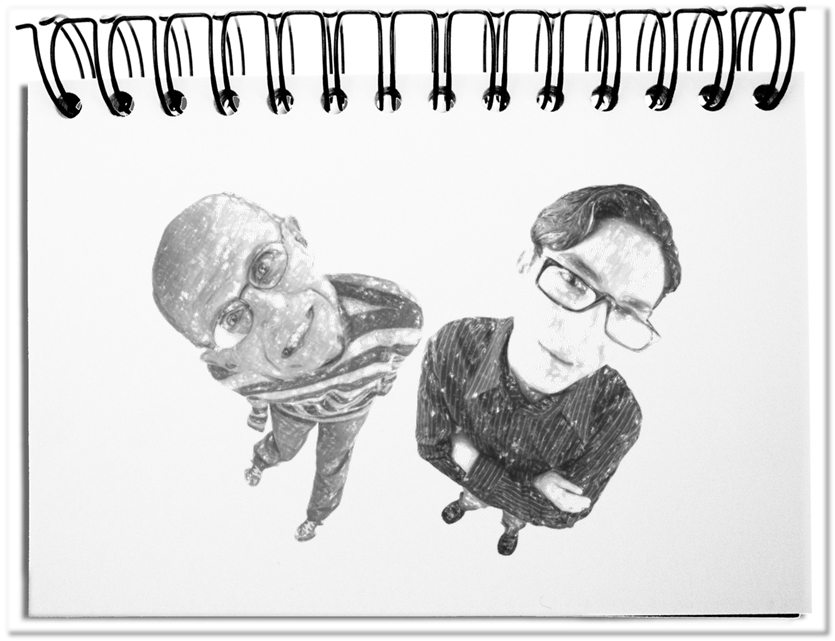The special about new things is the fact that they did not exist before. This includes new products, like phones, with and without cables, as well as new work styles. Some changes take place over a longer period of time. Others happen really fast. The phone, for example, took more than seventy years until five percent of the Germans were connected – the mobile phone needed nine years and Facebook only three. Do you create these innovations better with younger or older people?
Since this topic is a tightrope walk of stereotypes, I want to make clear that the descriptive traits are not valid for all younger or older. Nevertheless, due to the differences in the life stages, there are resulting advantages for the department or the company, as soon as you know how to use them together. Thus the answer is already given: New things you create the best with younger AND older ones. What defines the two groups?
- Older (Postwar generation, Baby Boomers)
These are essentially people born before 1966. They are in the second half of their career. The postwar generation is approaching retirement. They are sharpened by the economic recovery and learned that personal employment pays off. They live in order to work and are driven by a positive, future-oriented perspective. Due to their experiences they know that the collection of the relevant information, the development of new things and their implementation need time. It enables them to keep on going during a longer period. Their skepticism towards hierarchies results in the fact that they want to address and solve critical topics actively. They are burdened with experiences that lead quickly to killer phrases, like ‘it never worked’. At the same time these memories provide solutions for basic problems of alignment, realization and implementation. They are thus basic stakes for the application of new things. - Younger (generation X Y Z)
The group of the youths consists of those, who are born after 1966. The GenX is in the center of its career, the GenY at the beginning and the GenZ will start their careers within the next years. They have in common that they are technic-minded and that they care for work life balance. They are used to receive in short intervals much information and alternation. That makes them curious, impatient, short-term-oriented and quickly critical and resistant. However, they are unencumbered and free of self-limitation that enables them to present new ideas. Their education provided them with the most current concepts and solutions. Therefore, they are the crucial driver for new things beyond the established ones.
Based on the descriptions it becomes clear that each style has important, complementary elements. The curiosity and the impatience of the youths offer the substantial momentum that helps older people out of their routine. At the same time the stamina of the older ones creates sufficient time that can be invested into the projects, in order to raise it above the Tipping Point. For a working interaction, time should be invested in workshops, so that the employees can exchange their approaches and better understand and appreciate the approaches of the others. But it needs rules that satisfy all, as well as an agenda that do disconnect anybody by too slow or to fast action.
Bottom line: New things will lead to results in cooperation between younger and older, which benefits all. The correct mix adds effectiveness mutually. On the one hand the older people receive the momentum, in order to be able to think new things. On the other hand the youths profit from the wealth of experience of those, who already brought things on the way several times. For this reason it is important to avoid imbalance in the age structure of their departments and to ensure the advantages of mixed teams through respective training and cooperation models.


